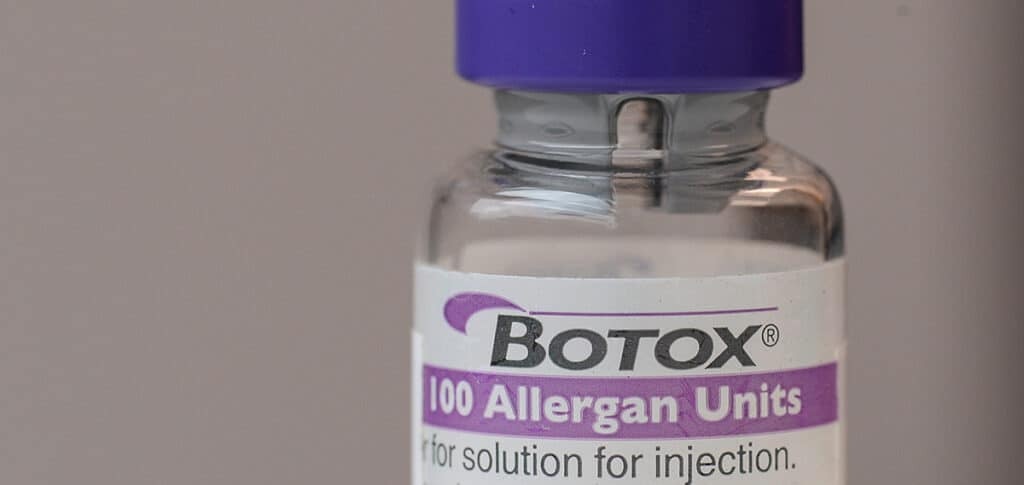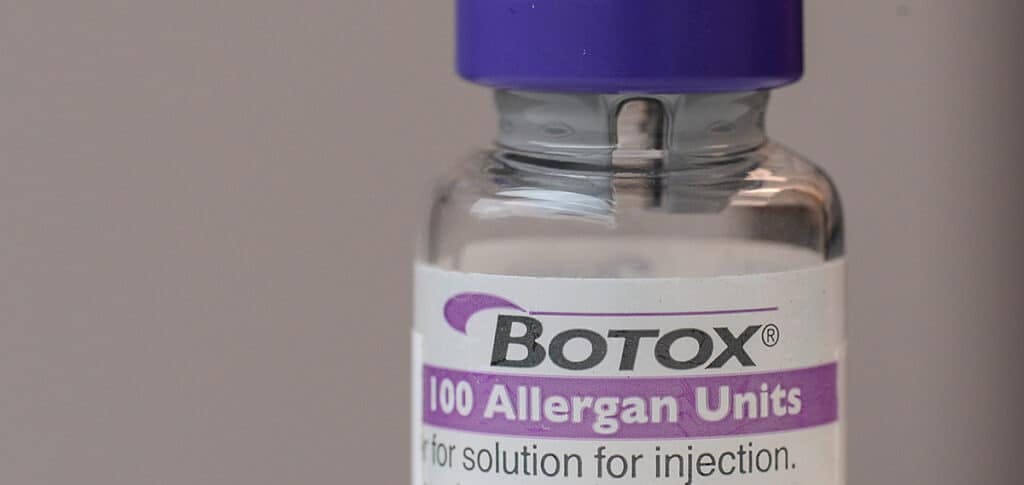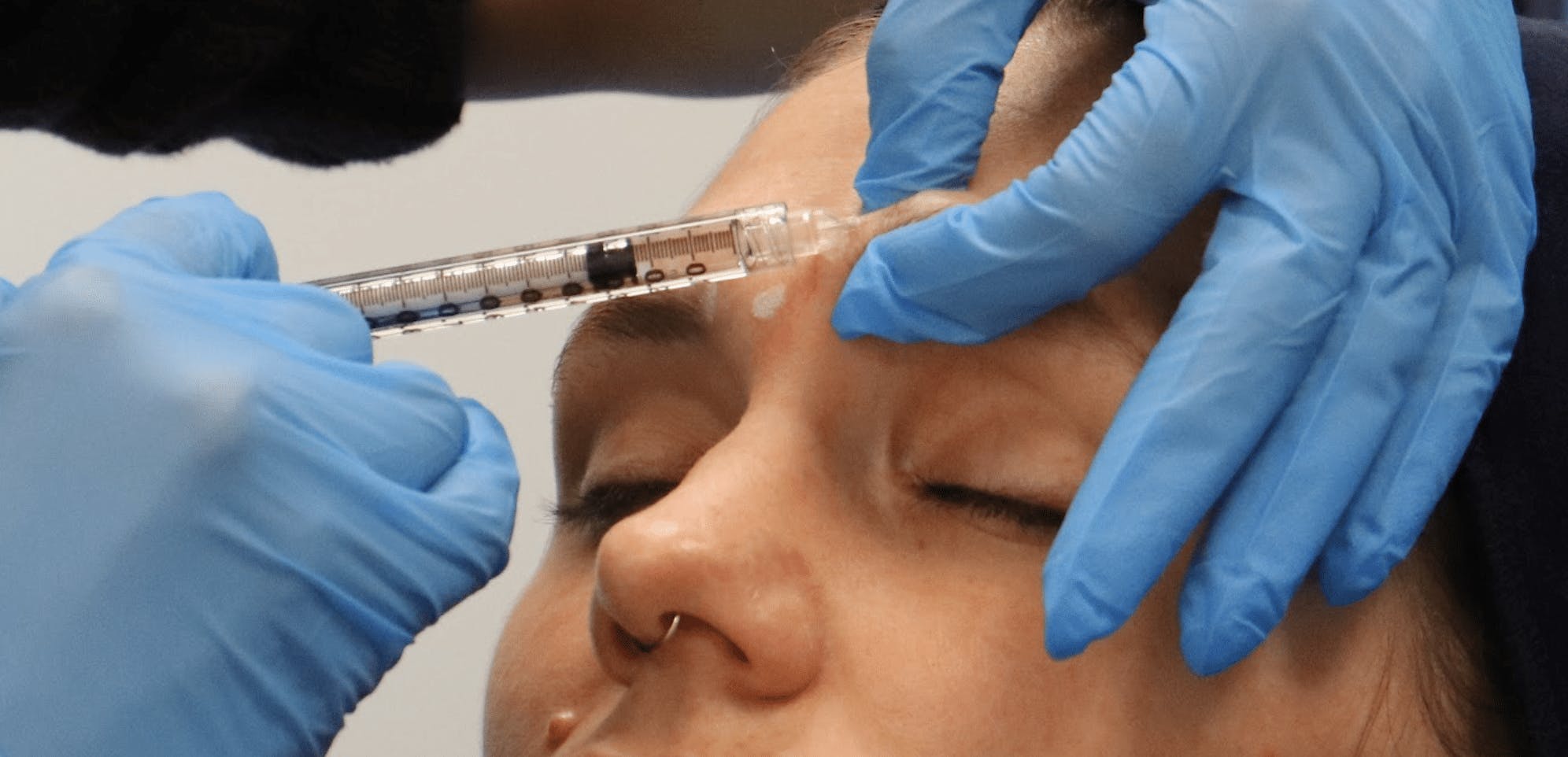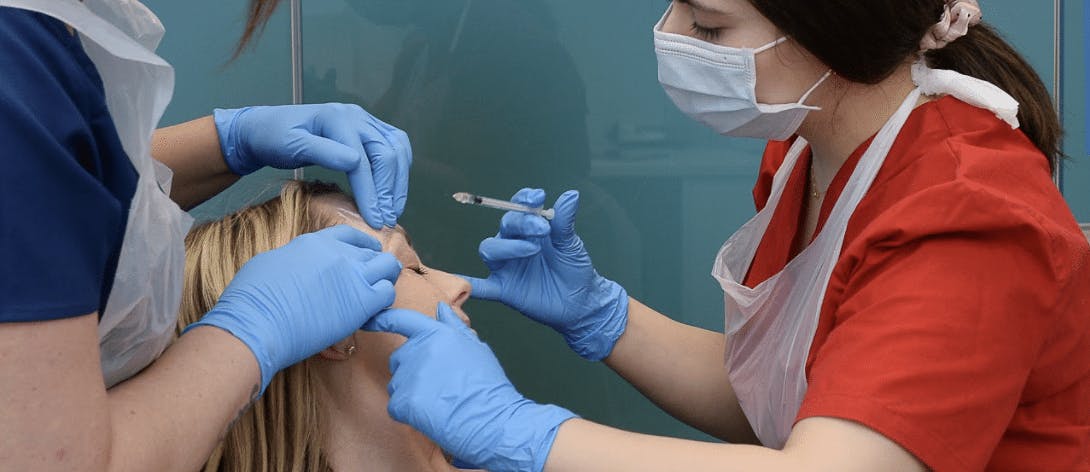Botox Pop Quiz – Toxin Teasers!

Our latest social media quiz was a toxin teaser! Harley Academy head of education and STORY Marylebone aesthetics specialist, Dr Kalpna Pindolia posed three multiple choice questions in a Botox Pop Quiz.
Do you know your onabotulinumtoxin-A from your incobotulinumtoxin-A? Your orbicularis oris from your orbicularis oculi? Your toxin injection depths..?
Put your knowledge to the test then find out how you got on with the answers – and explanations – below.

BOTOX POP QUIZ ANSWERS
Which is true of botox?
A: Infection in the treatment area is a contraindication
B: Onset of action is immediate
C: Duration of action is always 6 months
D: All toxin brands have the same reconstitution protocol
The correct answer is A because clearly if the area is infected, the infection could be perpetuated and spread through needle trauma to the area.
B is incorrect – the onset of action is gradual; the full extent of the results should be visible by the 14-30 day point.
C is untrue – the effects of botulinum toxin will vary depending on the individual and many varying factors. This is generally between 3 to 6 months but there is no absolute standard for its duration of action.
D is also untrue. You can find out more about the differing reconstitution protocols in our article Understanding Different Types of Botulinum Toxin A.

Treating which muscle with botox lifts the brow?
A: frontalis muscle
B: medial corrugator muscle
C: lateral rectus
D: nasalis
The correct answer is B because the medial corrugator muscle is responsible for pulling the brow down and inwards. Therefore, relaxing this muscle with toxin will prevent the downward pull, lifting the brow instead.
A is incorrect. The frontalis muscle is a brow elevator, so botox treatment for the management of forehead lines will cause lowering of the brow. This may cause drooping, otherwise known as eyebrow ptosis, in some patients, particularly those with hyperactive frontalis activity or hooded eyelids.
C is false because the lateral rectus muscle controls lateral eye movement.
D is untrue as the nasalis is responsible for nasal compressions such as flaring of the nostrils.

Which is true of periorbital toxin treatment?
A: Injections are deep rather than superficial
B: The muscle being treated is orbicularis oris
C: It can manage deep static crow’s feet well
D: Asymmetric smile may indicate zygomaticus infiltration
The correct answer is D. An asymmetric smile may indicate zygomaticus infiltration. The zygomaticus minor draws the upper lip backward, upward and outward and is used in smiling. If toxin from a periorbital treatment infiltrates this muscle, it will cause the patient’s smile to do the opposite. This is generally caused by injecting too deep into the lower injection point and presents as an asymmetric smile.
A is not true; periorbital botulinum toxin injection depth should be kept superficial to very superficial.
B is false. The muscle treated is orbicularis oculi. Orbicularis oris surrounds the mouth aperture.
C is incorrect. While periorbital botulinum toxin can soften superficial dynamic lines, it cannot manage deep static crow’s feet well. Toxin treatments modulate muscle and do not contribute to volume, so cannot manage deeply etched static lines.
FIND OUT MORE
If you are currently studying for your Level 7 Diploma in Botox and Dermal Fillers, we hope you found these questions a walk in the park!
If you didn’t – or even if you did – our aesthetics specialists’ Expert Advice on Injecting Botox for beginners is an insightful read. If you’re just starting out, take a look and pick up some practical tips you can use throughout your career!
Don’t forget to follow the Harley Academy Instagram account for more Pop Quiz and Ask Me Anything opportunities so you can test your knowledge and send your queries to our aesthetics specialists.
All information correct at the time of publication
Download our full prospectus
Browse all our injectables, dermal fillers and cosmetic dermatology courses in one document
By submitting this form, you agree to receive marketing about our products, events, promotions and exclusive content. Consent is not a condition of purchase, and no purchase is necessary. Message frequency varies. View our Privacy Policy and Terms & Conditions
Attend our FREE open evening
If you're not sure which course is right for you, let us help
Join us online or in-person at our free open evening to learn more
Our Partners












STAY INFORMED
Sign up to receive industry news, careers advice, special offers and information on Harley Academy courses and services

